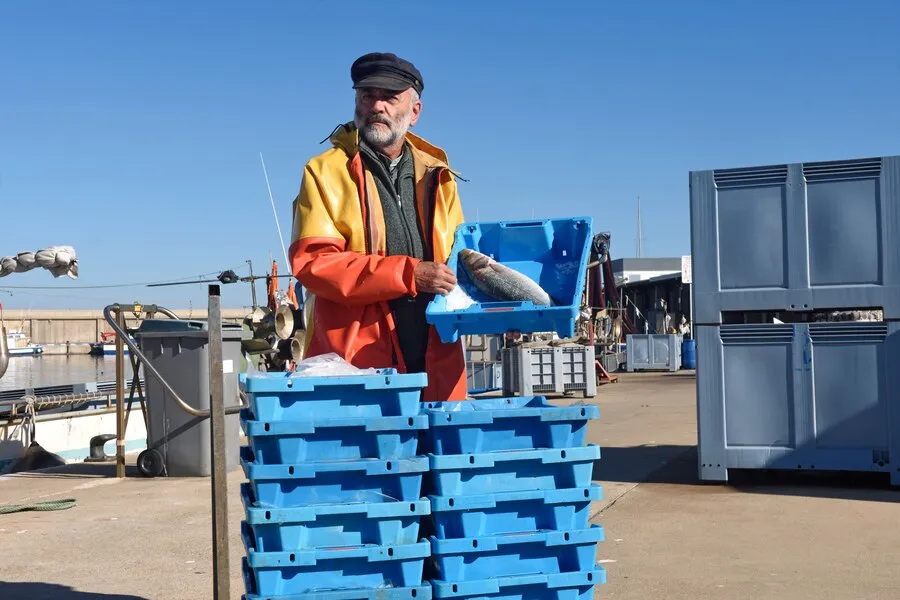When it comes to shipping temperature-sensitive products, maintaining the right conditions throughout the journey is critical. The flawless execution of cold chain logistics is essential to preserve the integrity of pharmaceuticals, food items, and other perishable goods. Understanding the nuances of cold chain management and employing the right strategies are key to success. In this article, we explore the foundations and best practices necessary for ensuring your products arrive in perfect condition.
Choosing the Right Cold Shipping Carrier and Service
Not all carriers are equipped to handle the rigors of cold chain shipping. It is essential to choose a logistics partner with proven expertise and appropriate infrastructure. Carriers with a fleet of temperature-controlled vehicles and a network of cold storage facilities offer a higher assurance of maintaining product integrity.
Service options will vary among carriers, so it’s crucial to match your shipment’s requirements with the right level of service. Some carriers offer express shipping for time-sensitive products, while others might provide a more cost-effective but slower option. It’s important to weigh these choices carefully, as they will influence the overall success of your shipment.
To find the right cold shipping service provider that can manage effective cold chain logistics, visit https://coldtrack.com/, a platform that can help you navigate the complex world of cold shipping carrier selection and service alignment to their unique product needs.
Basics of Cold Chain Logistics
Cold chain logistics refers to a temperature-controlled supply chain that involves the production, storage, and distribution of products that require specific temperature settings. From the initial pack-out to the final delivery, each step demands meticulous planning and execution. An unbroken cold chain is vital for preserving the quality and safety of perishable products, especially in the pharmaceutical and food industries.
At its core, cold chain logistics hinges on consistent temperature management. This means selecting the appropriate packaging materials, refrigerants, and monitoring technologies that cater to the product’s thermal requirements. Maintaining the correct temperature helps prevent spoilage, preserves product efficacy, and ensures consumer safety upon delivery.
Another fundamental aspect is risk management. Identifying potential hazards, such as temperature excursions due to mechanical failures or delays in transportation, helps stakeholders take proactive measures. Regular training and comprehensive protocols are needed to prepare handling personnel for any eventuality that might affect the cold chain.
Also Read: How to Safely Move Antiques and Fine Art Across the Country
Implementing Real-Time Temperature Monitoring and Control
Real-time temperature monitoring plays a pivotal role in modern cold chain management. With advanced tracking devices, stakeholders can receive instant alerts if the conditions of a shipment start to drift from the acceptable range. This allows for immediate action and intervention to mitigate potential damage.
Monitoring systems have become more sophisticated, offering GPS tracking, wireless connectivity, and long-lasting battery life. These systems can also collect and store a wealth of data that can be analyzed for proactive supply chain optimization. Transparency throughout the process ensures that each link in the chain is held accountable.
Furthermore, leveraging Internet of Things (IoT) technology has revolutionized how logistics operators monitor and respond to dynamic conditions in transit. From temperature variations to unauthorized access, IoT connectivity helps ensure full control throughout the shipment’s journey.
Regulatory Compliance and Best Practices in Cold Shipping
In addition to implementing the right logistics strategies, compliance with regulatory standards is a must. Different regions and industries have varying guidelines that dictate how cold shipments should be handled. Familiarity with these regulations, such as those enforced by the FDA in the United States or the EMA in Europe, is essential to operate legally and ethically.
Best practices in cold shipping also encompass environmental considerations. There is a growing emphasis on reducing the carbon footprint of logistics operations. This means that companies must aim for more sustainable practices, such as optimizing route planning and utilizing eco-friendly refrigerants and insulating materials.
Continuous training for personnel involved in the cold chain is a cornerstone of compliance and best practices. Everyone from packers to drivers, warehouse staff, and quality control teams should understand the protocols for managing temperature-sensitive shipments to ensure quality preservation from start to finish.
Overall, the successful handling of cold shipments necessitates a holistic approach. It encompasses everything from selecting the appropriate packaging to choosing the right carrier, implementing advanced monitoring technologies, and complying with strict regulatory requirements. By following these guidelines, stakeholders can ensure that temperature-sensitive products are delivered safely and efficiently, preserving their quality and the trust of the end-user.

